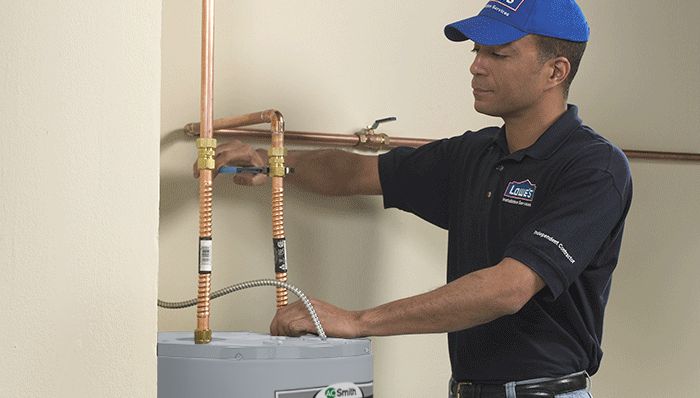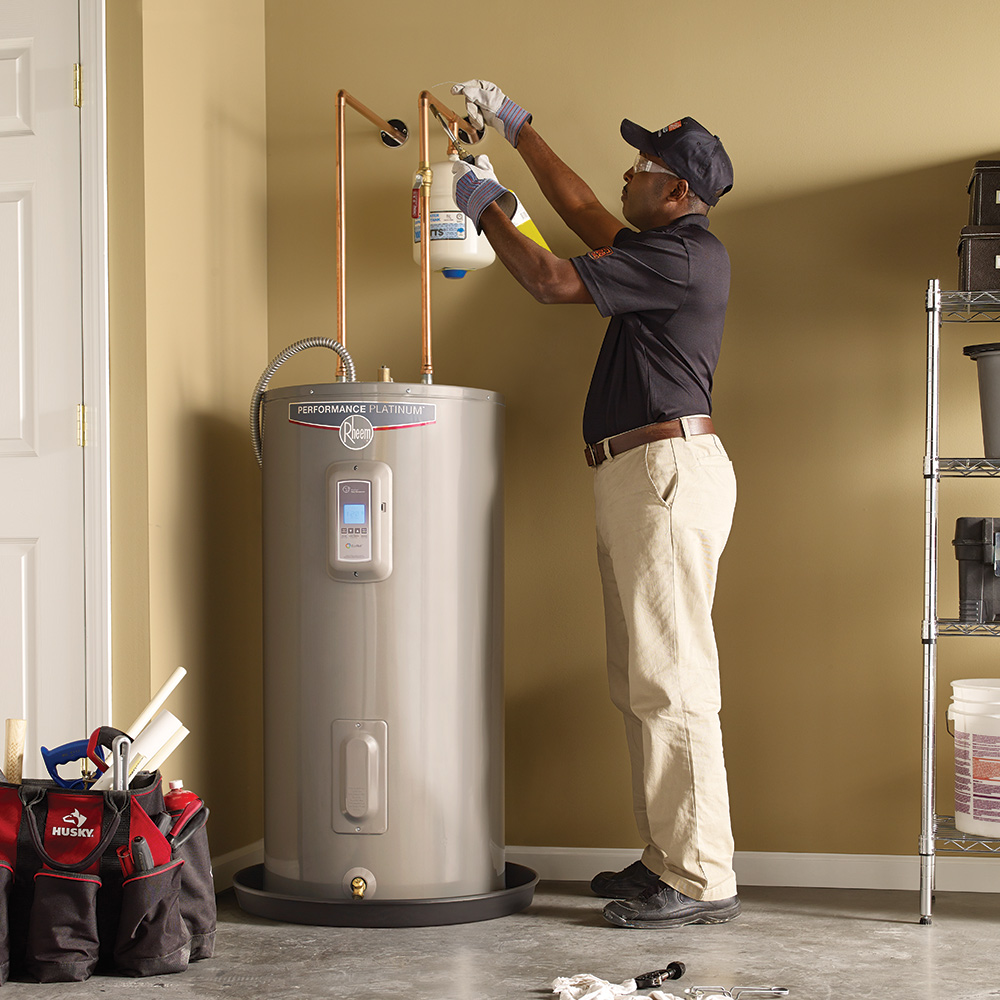Effective Ways to Maintain Your Home's Hot Water System Effectively
Effective Ways to Maintain Your Home's Hot Water System Effectively
Blog Article
They are making a few great points on Tips on Maintaining a Water Heater overall in this post beneath.

Hot water is vital for daily convenience, whether it's for a rejuvenating shower or washing meals. To ensure your hot water system runs effectively and lasts longer, normal upkeep is essential. This write-up offers practical suggestions and understandings on just how to maintain your home's hot water system to avoid disruptions and expensive repair services.
Introduction
Maintaining your home's hot water system may appear daunting, however with a few easy steps, you can guarantee it runs efficiently for years ahead. This guide covers whatever from understanding your hot water system to DIY upkeep pointers and knowing when to call professional assistance.
Importance of Keeping Your Warm Water System
Routine upkeep not just extends the life-span of your warm water system yet also guarantees it operates effectively. Ignoring maintenance can result in decreased effectiveness, greater energy bills, and even premature failure of the system.
Signs Your Warm Water System Needs Upkeep
Understanding when your hot water system needs interest can protect against significant issues. Keep an eye out for indicators such as irregular water temperature, odd noises from the heating system, or corroded water.
Recognizing Your Hot Water System
Before diving into maintenance tasks, it's handy to comprehend the fundamental parts of your warm water system. Typically, this includes the water heater itself, pipelines, anode poles, and temperature controls.
Regular Monthly Upkeep Tasks
Normal monthly checks can help catch small concerns prior to they escalate.
Flushing the Hot Water Heater
Purging your water heater eliminates debris build-up, boosting efficiency and extending its life.
Monitoring and Changing Anode Rods
Anode poles avoid rust inside the storage tank. Checking and changing them when worn out is essential.
Evaluating and Adjusting Temperature Setups
Changing the temperature setups makes sure optimal performance and safety and security.
Do It Yourself Tips for Upkeep
You can execute numerous maintenance jobs on your own to keep your hot water system in top condition.
Looking for Leakages
Regularly evaluate pipelines and connections for leakages, as these can lead to water damage and greater expenses.
Checking Stress Alleviation Valves
Testing the pressure relief valve ensures it operates correctly and protects against too much pressure accumulation.
Insulating Pipelines
Protecting hot water pipes minimizes heat loss and can save energy.
When to Call an Expert
While do it yourself upkeep is useful, some issues call for professional expertise.
Complex Issues Requiring Expert Aid
Instances include significant leaks, electrical troubles, or if your hot water heater is continually underperforming.
Regular Expert Maintenance Perks
Specialist upkeep can consist of thorough inspections, tune-ups, and making sure compliance with safety and security requirements.
Final thought
Normal maintenance of your home's warm water system is essential for efficiency, longevity, and expense financial savings. By adhering to these pointers and understanding when to seek specialist help, you can make certain a reliable supply of warm water without unanticipated interruptions.
How to Maintain an Instant Hot Water Heater
Before tinkering with your hot water heater, make sure that it’s not powered on. You also have to turn off the main circuit breaker and shut off the main gas line to prevent accidents. Also turn off the water valves connected to your unit to prevent water from flowing into and out of the appliance. 2. When you’re done, you have to detach the purge valves’ caps. These look like the letter “T†and are situated on either side of the water valves. Doing so will release any pressure that has accumulated inside the valves while at the same time avoid hot water from shooting out and burning your skin. 3. When the purge valves’ caps are removed, you have to connect your hosing lines to the valves. Your unit should have come with three hoses but if it didn’t, you can purchase these things from any hardware or home repair shops. You can also get them from retail stores that sell water heating systems. Read the user’s manual and follow it to complete this task properly. When the hosing lines are connected, open the purge port’s valves. 4. You should never use harsh chemical cleaners or solutions when cleaning your unit. Make use of white vinegar instead. It should be undiluted and you’ll probably use about 2 gallons. 5. Now flush your water heater. This task should probably take about 40 minutes. We can’t give you specific directions for this because the procedure is carried out depending on the type, model and brand of your heater. With that being said, refer to the user’s manual. 6. When you’re done draining the unit, you have to turn off the purge port valves again. Remove the hosing lines that you earlier installed on each of the water valves. Put the valve caps (purge port) back in their respective places and be very careful so as not to damage the rubber discs that are found inside these caps. 7. Now that everything’s back in place, check your user’s manual again to find out how to reactivate your water heating system. 8. Once it is working, turn one of your hot water faucets on just to let air pass through the heater’s water supply pipes. Leave the tap on until water flows smoothly out of it. https://www.orrplumbing.com/blog/2014/september/how-to-maintain-an-instant-hot-water-heater/

As a keen person who reads on How to Maintain a Hot Water Heater in a Few Simple Steps, I thought sharing that segment was beneficial. Sharing is good. Helping people is fun. Thanks for your time spent reading it.
Contact Report this page